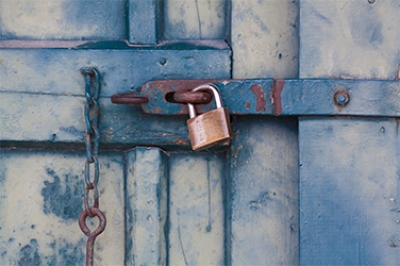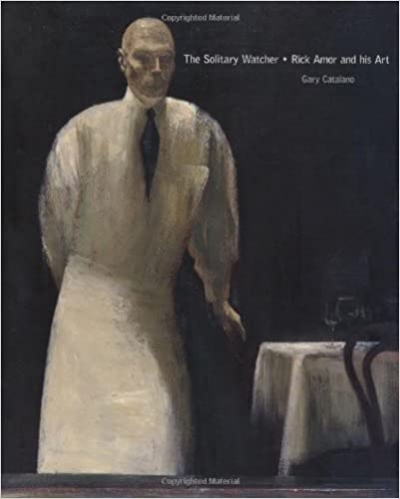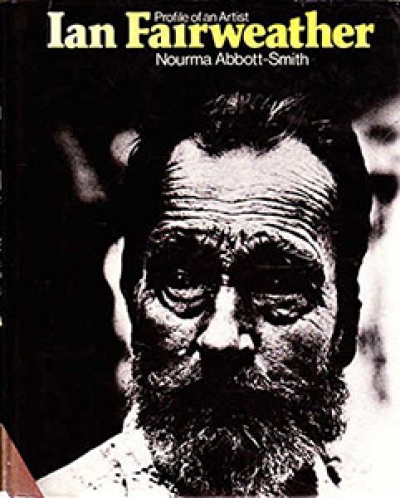Gary Catalano
Because of its gloomy appearance the building is like a defeated army, and the gloom is so heavy it makes handling difficult and postage quite out of the question.
... (read more)Julian Croft reviews 'Fresh Linen' by Gary Catalano, 'The Hooded Lamp' by Roland Robinson, and 'At Valentines' by Ken Taylor
These three volumes, reprints of books published in the 1970s and 1980s, appear in the Art Box Series by Picaro Press. Reasonably priced, they will give contemporary readers a sense of the seedbed of Australian poetry a few decades ago. These volumes do just that. It would be hard to imagine a ...
... (read more)The Solitary Watcher: Rick Amor and his art by Gary Catalano
Barbara Giles reviews 'The Most Beautiful World' by Rodney Hall, 'Tide Country' by Vivian Smith, 'Heaven of Rags' by Gary Catalano, and 'Song of the Humpbacked Whales' by Jill Hellyer
The Most Beautiful World is somewhat of a conundrum at first look. I spent a long time trying to penetrate the surface of this latest book of poetry by Rodney Hall. I had just been reading his exciting, original, and well-sustained novel Just Relations, I guess I was looking for the same excitement here. It didn’t arrive on schedule.
... (read more)



